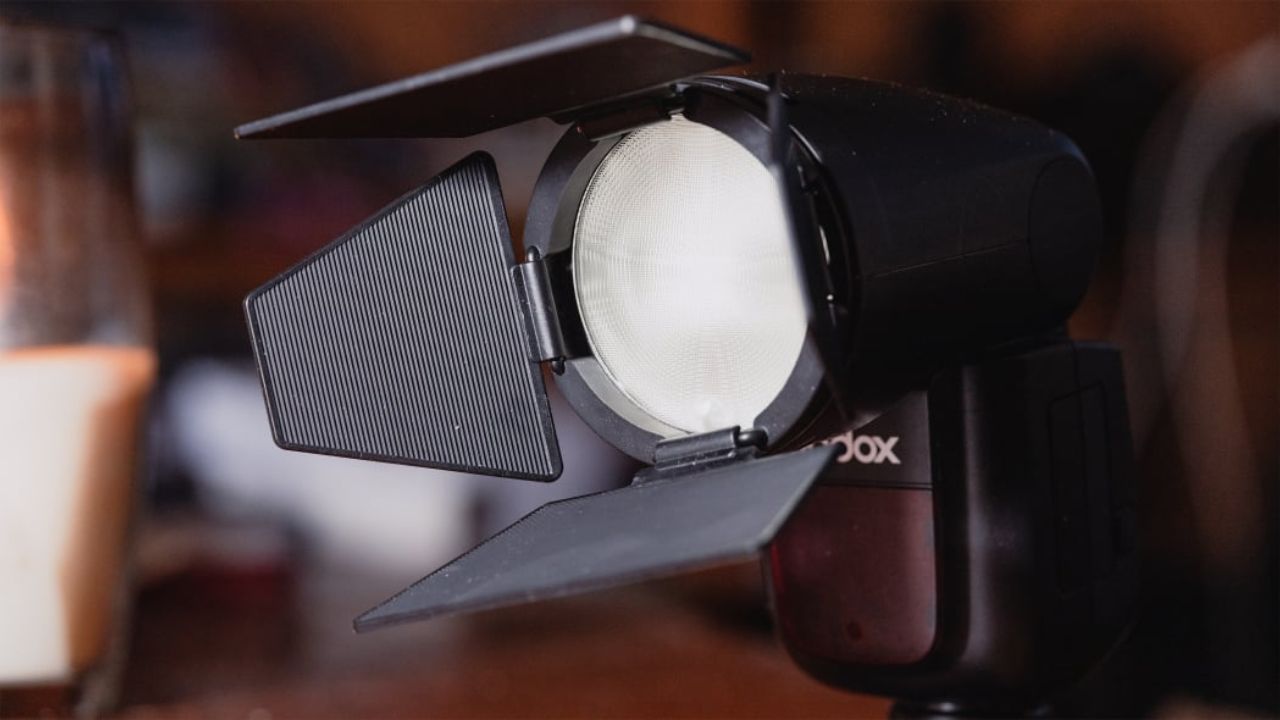Lighting in photography is crucial. Taking well-lit photos is made possible by the camera flash, especially in low light. Natural light is always considered the best. However, mastering the use of the v1 camera flash is a great asset for a photographer. Knowledge of the characteristics of camera flashes can greatly affect the quality of photographs, providing more possibilities.
The Basics of Camera Flash
Camera flashes can be broadly divided into two categories: these are internal and external built-in. Integral flashes are small and can be easily carried around as they are part of the camera. However, external flashes, or speed lights, are more versatile and potent, which is why they are preferred by professional photographers. Despite the type, there are several aspects that photographers need to be aware of to effectively use them.
Flash Modes and Their Applications
Modern camera flashes come with multiple modes to cater to different photographic needs. The manual mode allows photographers to adjust the flash power setting, allowing them to control the amount of light needed. This is ideal for photographers in restricted areas with constant light sources. The Through-The-Lens mode adjusts the flash power proportionally with the camera’s metering system, making it useful for dynamic shooting. High-speed sync allows photographers to fire a flash at a higher shutter speed than the camera’s maximum sync speed, making it ideal for well-lit areas with shallow depth of field.
Bounce and Swivel Capabilities
External flashes are usually portable and are equipped with bounce and swivel mechanisms to help the photographer reposition the flashlight by reflecting it off structures such as the ceiling or walls. This technique softens the light by spreading it and thus eliminates the formation of dark shadows which makes it look more natural. Knowledge of how to apply bounce and swivel can significantly change the quality of indoor and portrait photography.
Flash Power: Guide Number
The power of a camera flash is one of the most important parameters. It is determined by the guide number. The guide number is used to tell the power of the flash as well as its capability of illuminating a subject at a given distance. A higher guide number means that this specific flash can illuminate a subject from a farther distance as compared to the other. The guide number is essential in enabling photographers to select the appropriate flash for the required shooting situations and avoid overlighting.
Zoom Functionality
Most of the external flashes have a zoom that determines the angle of coverage of the flash about the lens focal length. This feature enables the photographer to focus the light on a particular part leaving the rest part in the dark, thus improving the subject. The use of the zoom function may be especially beneficial in portrait photography. Because mostly in portrait photography, the focus on the subject’s face is essential.
Conclusion
In conclusion, the flash is an essential accessory in the kit of a photographer, allowing them to work with various lighting conditions. When it comes to guide numbers, flash modes, bounce and swivel, and zoom, photographers can improve their abilities and be more creative. Understanding these features also enhances the quality of the picture as well as expands the potential for taking great shots in any environment.
